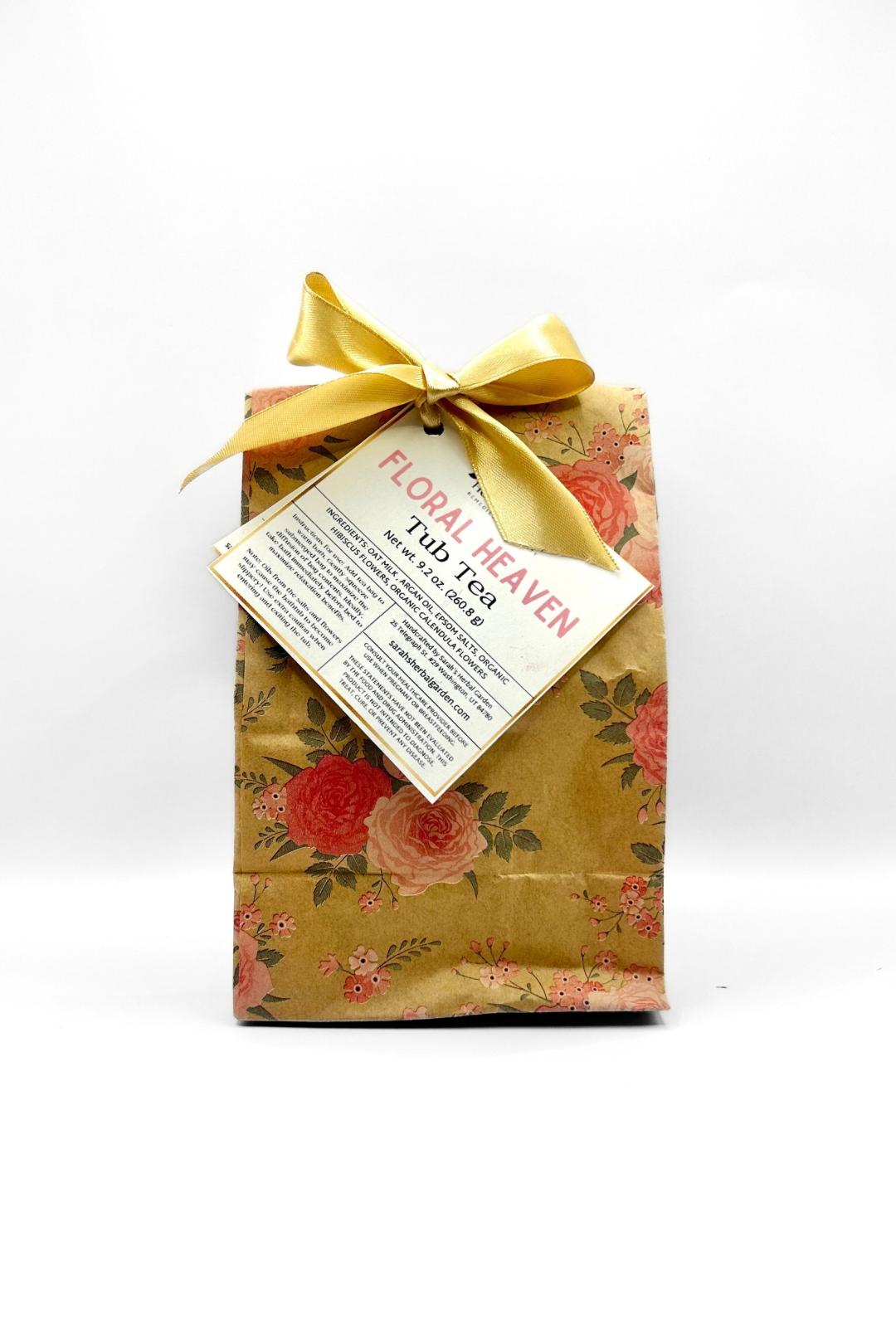
Red Rose Petals
Scientific Name: Rosa spp
Herbal Profile of Red Rose Petals (Rosa spp.)
Common Name: Red Rose, Rose Petals
Botanical Name: Rosa spp. (commonly Rosa damascena or Rosa gallica)
Family: Rosaceae (Rose family)
Description:
Roses are well-known flowering plants that have been cultivated for centuries for their beauty, fragrance, and medicinal properties. Red rose petals, particularly from Rosa damascena and Rosa gallica, have been used in herbal medicine for their soothing, cooling, and heart-calming effects. Rose petals are fragrant and rich in volatile oils, offering therapeutic benefits for emotional well-being, skin health, and digestive issues.
Key Constituents:
- Volatile oils (Citronellol, Geraniol): Provide the characteristic fragrance and offer soothing, anti-inflammatory, and antibacterial properties.
- Flavonoids: Have antioxidant and anti-inflammatory effects, which support overall health.
- Tannins: Astringent compounds that help tone and tighten tissues, particularly for skin and digestive health.
- Anthocyanins: Potent antioxidants that give red roses their color and provide anti-inflammatory benefits.
- Phenolic compounds (Quercetin, Kaempferol): Provide antioxidant, anti-inflammatory, and antimicrobial properties.
- Vitamin C: Boosts the immune system and supports skin health.
Medicinal Uses:
- Emotional and Heart Health:
- Skin Health:
- Digestive Health:
- Respiratory Support:
- Anti-inflammatory and Antioxidant:
- Aphrodisiac and Reproductive Health:
- Menstrual Health:
Forms of Use:
- Tea or Infusion: Rose petal tea is a popular way to experience the calming and digestive benefits of the herb. The dried or fresh petals are steeped in hot water to release their soothing compounds.
- Rose Water: Distilled rose water, made from fresh petals, is used in skincare to hydrate and tone the skin. It can also be used in cooking, beverages, and desserts for its subtle floral flavor.
- Essential Oil: Rose essential oil, extracted from the petals, is used in aromatherapy to promote emotional well-being, reduce stress, and uplift the mood. It is also applied topically for skin health and beauty.
- Poultice or Compress: Fresh or dried rose petals can be made into a poultice or compress to soothe irritated skin, reduce inflammation, or treat minor wounds and burns.
- Tincture: Rose petal tinctures can be used for emotional balance, heart health, and digestive support, providing a concentrated form of the herb’s benefits.
- Baths: Adding rose petals or rose water to a bath can provide soothing and hydrating benefits for the skin while offering a relaxing, aromatherapeutic experience.
Precautions:
- Allergic Reactions: While rare, some individuals may be allergic to rose petals or products made from roses. It is always advisable to perform a patch test when using rose products topically to ensure no adverse reactions occur.
- Pregnancy and Breastfeeding: Rose petals are generally considered safe for use during pregnancy and breastfeeding when consumed in culinary or moderate medicinal amounts. However, as with any herbal remedy, it is best to consult a healthcare provider if using in concentrated doses.
Growing and Harvesting:
- Climate: Roses prefer full sun and well-drained soil. They are hardy plants that grow well in temperate climates but can also be cultivated in a variety of regions. Different varieties of roses are cultivated for their medicinal uses, particularly Rosa damascena and Rosa gallica.
- Planting: Roses can be propagated from seeds or cuttings. They require regular watering and pruning to encourage healthy growth and abundant flowering.
- Harvesting: The petals are harvested when the rose is in full bloom, typically in the early morning when the essential oils are most concentrated. The petals can be used fresh or dried for later use.
Traditional and Historical Uses:
- Persian Medicine: Roses, particularly Rosa damascena, have been used in Persian medicine for their cooling, soothing, and heart-calming effects. Rose water, a byproduct of the distillation process, has been traditionally used for culinary, medicinal, and cosmetic purposes in Persian and Middle Eastern cultures.
- European Herbalism: In medieval European herbalism, roses were valued for their astringent and anti-inflammatory properties. They were often used to treat digestive issues, soothe sore throats, and promote emotional well-being.
- Symbol of Love: Roses have long been associated with love, beauty, and romance in various cultures. Red roses, in particular, are symbols of passion and are commonly used in rituals and ceremonies related to love and emotional connection.
Red rose petals are a versatile herb known for their calming, anti-inflammatory, and skin-soothing properties. Whether used in teas, skincare products, or aromatherapy, red rose petals offer a wide range of benefits for emotional well-being, digestive health, and skin care. Their fragrant, gentle nature makes them a popular choice in herbal medicine, as well as in beauty and self-care rituals.
Sarah's Herbal Garden
Girl's Best Friend Herbal Tea Blend {Female Hormone Balance}
Share


Sarah's Herbal Garden
Herbal Tub Tea
Share




